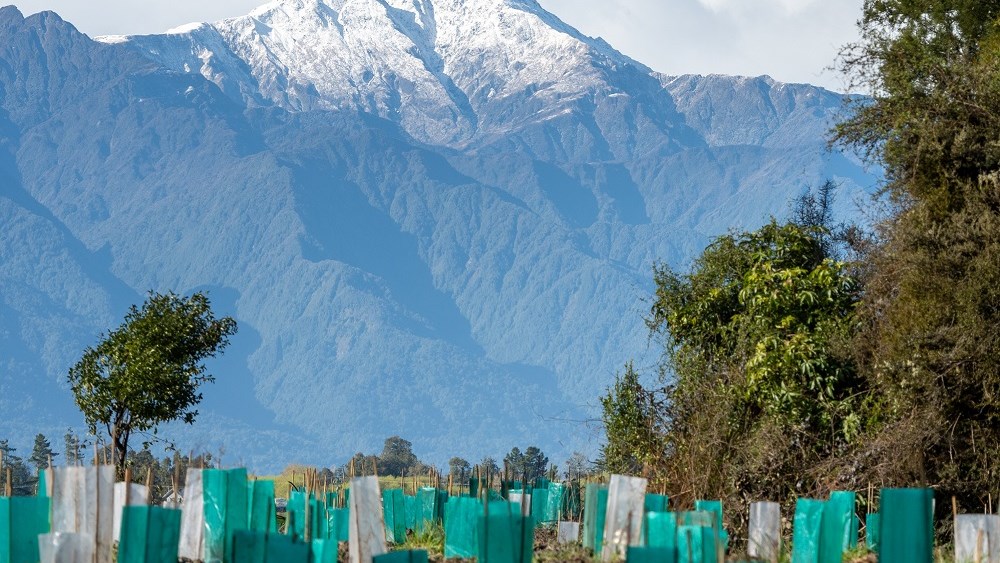
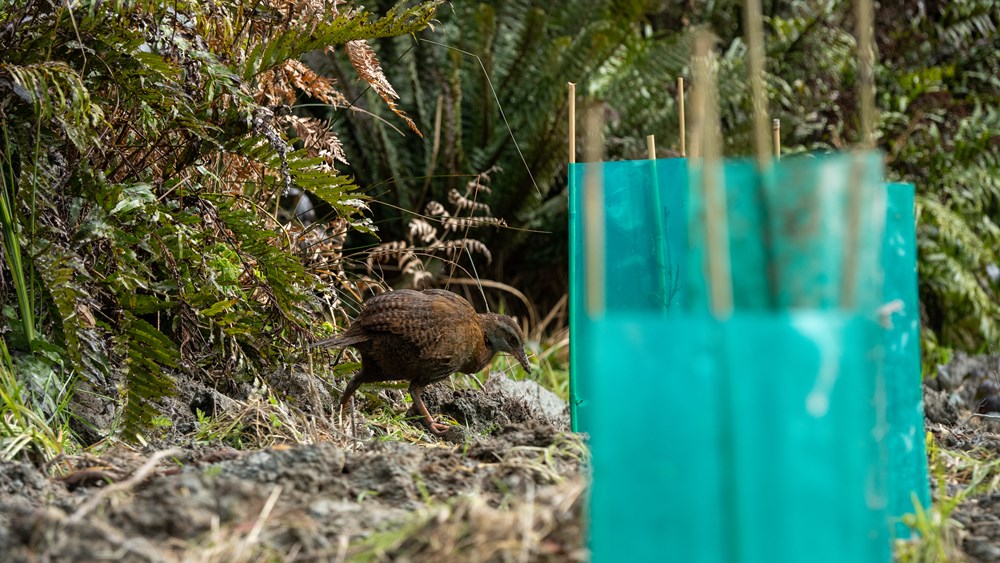
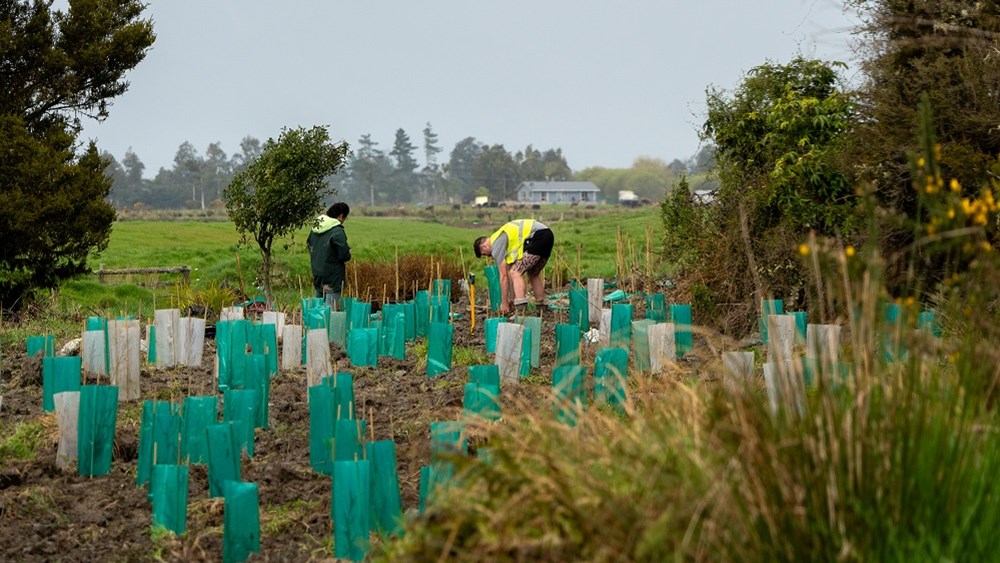
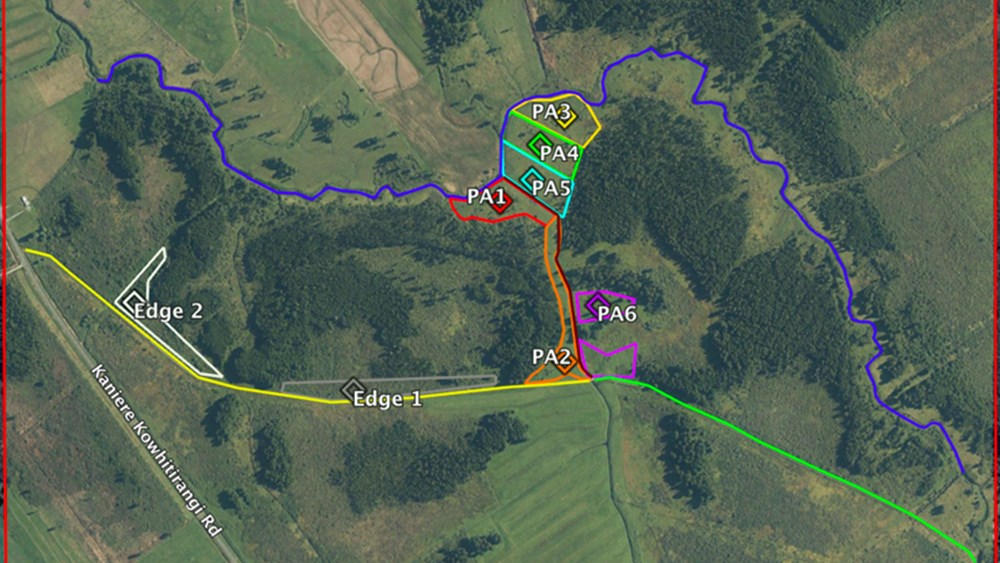
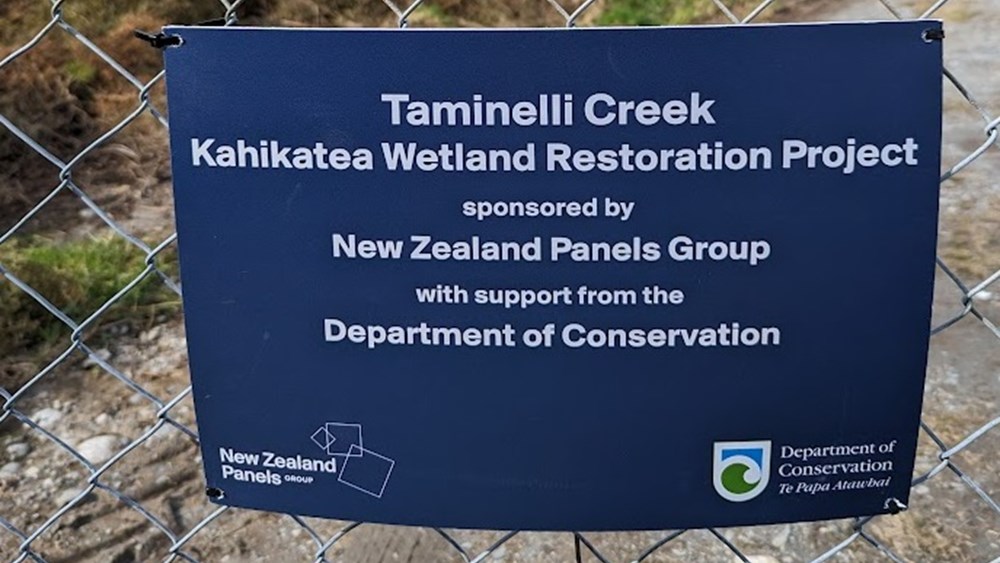
After two years of intensive research and preparation, planting has finally begun to restore Taminelli Creek, a beautiful Kahikatea swamp forest near Hokitika that needed some weeding, planting and love. The forest has suffered from logging and grazing and is needing significant work to reunite the fragmented ecosystem and restore its natural vitality.
In 2021, NZ Panels Group, under the leadership of Sustainability Manager Zyran Scharf, embarked on a major project to restore the creek area in partnership with the Department of Conservation. With only 2% of Kahikatea forests and 10% of wetlands in New Zealand remaining, the investment in the restoration project reflects the company's commitment to mitigating the ecological impact of historical logging, taking proactive steps to safeguard New Zealand's environment for future generations.
In just two days this month, the team planted 1,300 Kahikatea trees and 600 mixed species, including Cabbage tree, Manuka, and Coprosma. Donated, reusable plastic sleeves are being used to protect the trees, a practice that will be continued.
The project covers a total area of 1,347 hectares, with the planting area encompassing approximately five hectares divided into six main sections. Over the next two years, the project's scope will expand, with plans to plant around 2,000 trees per area, primarily Kahikatea, and continue this effort over the coming years.
Back in 2021 when the project began, the first step was to partner with the Canterbury School of Forestry and enlist a final-year dissertation student. Zy and the student spent a month traversing the entire forest, often wading through knee-deep water, to document every plant and animal species. This resulted in a 40-page plan providing the foundation for the project's restoration strategy.
Once a list of suitable plant species was established, primarily Kahikatea with a few other native species, the next challenge was to source them from the local area. This process, known as eco-sourcing, is critical as locally sourced species tend to be better adapted to the environment and have higher survival rates.
The project team discovered a reliable local nursery, Tekuku, which collected seeds from the site and began the slow growth process, assisting with planting. Another nursery that had also eco-sourced seeds from the same area and nurtured the seedlings for two years was found. This ensured that the project could commence once the seedlings had reached a sufficient size.
During the initial phase, it was essential to restore fencing around the site to prevent neighbouring cattle from entering the forest, to ensure natural regeneration and protecting the newly planted trees. As the grassy weeds grew, it became clear that the cows were inadvertently helping to control them. This led to the use of a digger to flip the soil, eliminating the weeds and providing a clear, albeit muddy, canvas for planting.
Although it's early days for this ambitious project, Zy is optimistic that the area will one day reasonate to native birdsong and be fully restored to its native glory.